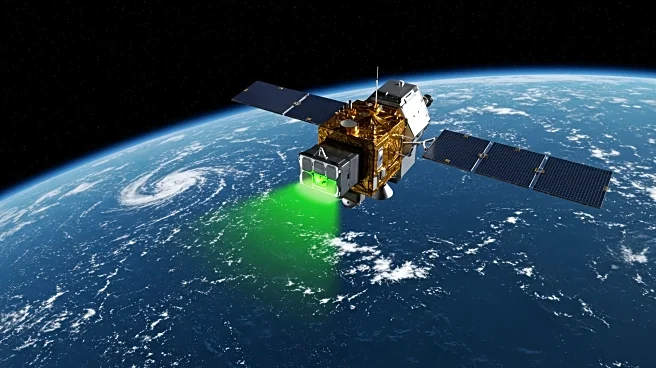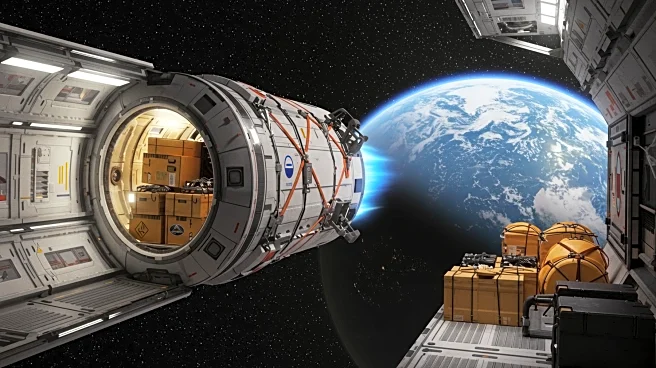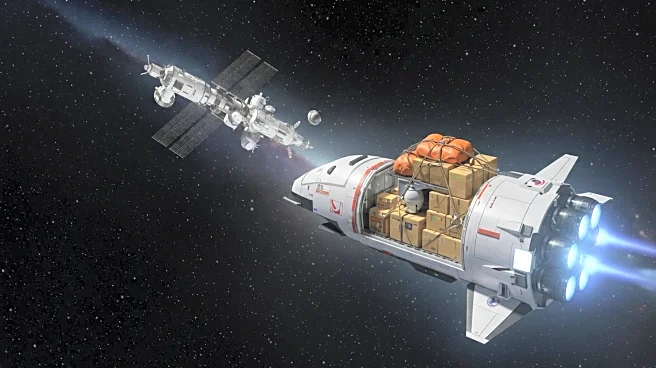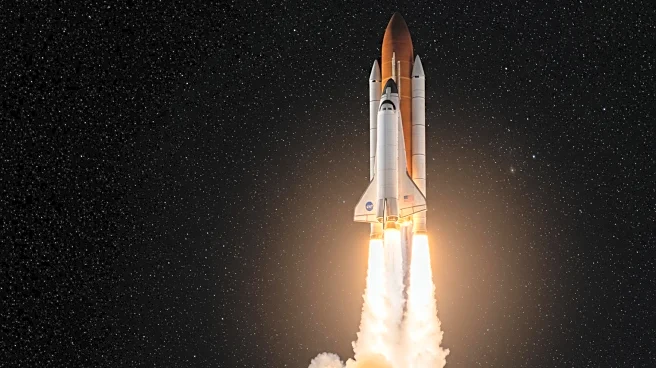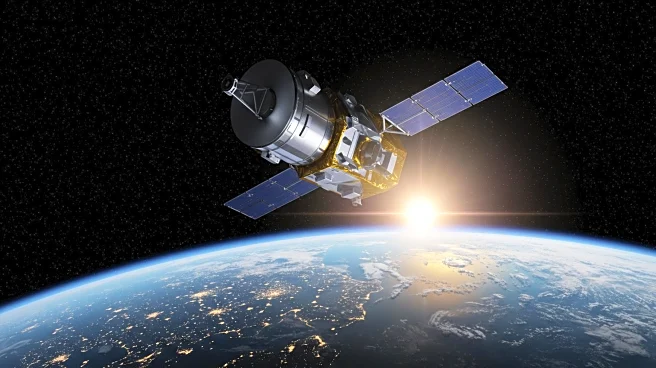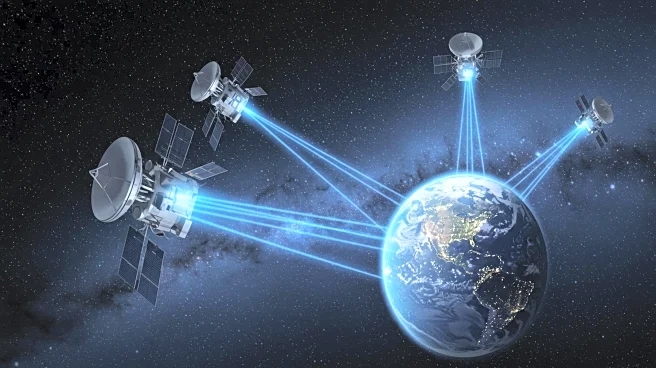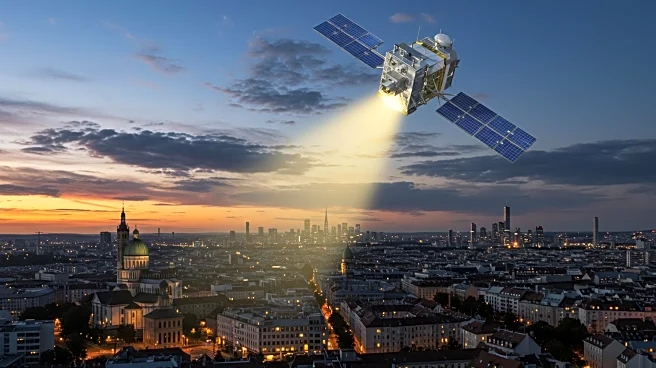Rapid Read • 8 min read
NASA's PACE (Plankton, Aerosol, Cloud, ocean Ecosystem) mission, launched in February 2024, is advancing the study of Earth's oceans and atmosphere. The mission's Ocean Color Instrument (OCI) has been measuring chlorophyll-a concentrations in ocean surface waters, providing insights into phytoplankton biomass and ecosystem functions. Phytoplankton, which are crucial for photosynthesis and form the base of the marine food web, also contribute significantly to Earth's oxygen production and carbon dioxide absorption. Recent images from the OCI show the southern Norwegian Sea, highlighting the abundance of phytoplankton that color the waters green and milky blue. These observations are helping researchers understand the complexity of marine environments and the role of different phytoplankton species.
AD
The data collected by NASA's PACE mission is vital for understanding marine ecosystems, which are essential for global fisheries, coastal recreation, and oxygen production. By providing a synoptic view of phytoplankton, the mission enhances our knowledge of ocean ecosystems and their response to environmental changes. This information is crucial for managing marine resources and addressing climate change impacts. The ability to distinguish between different phytoplankton types can lead to better predictions of ocean health and productivity, benefiting industries reliant on marine resources and informing public policy on environmental conservation.
PACE's ongoing data collection will continue to refine our understanding of ocean ecosystems. Researchers are developing new algorithms to identify various phytoplankton groups, which will further enhance the mission's capabilities. The long-term data record maintained by NASA will support future studies on ocean health and climate change, providing a foundation for scientific research and policy-making. As the mission progresses, it is expected to contribute to global efforts in monitoring and preserving marine biodiversity.
The PACE mission's advancements in ocean color measurement represent a significant leap from traditional oceanography, which was limited by undersampling. The continuous, global data provided by satellites like PACE revolutionizes our understanding of ocean ecosystems, offering insights that were previously unattainable. This technological progress underscores the importance of satellite missions in addressing global environmental challenges and highlights the need for continued investment in space-based Earth observation.
AD
More Stories You Might Enjoy
